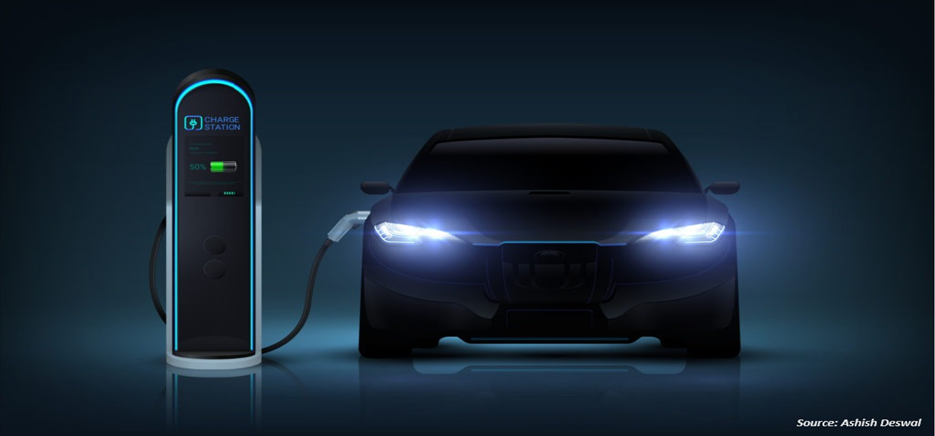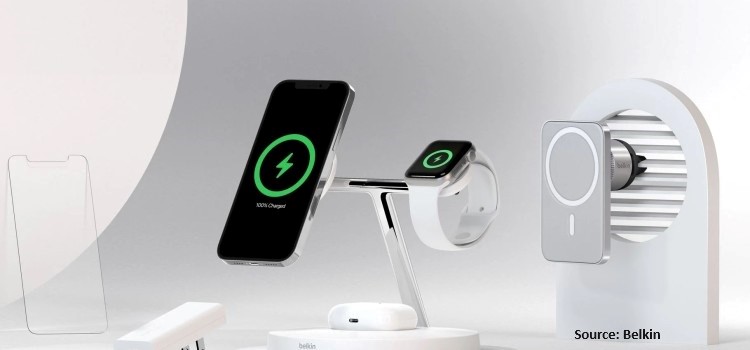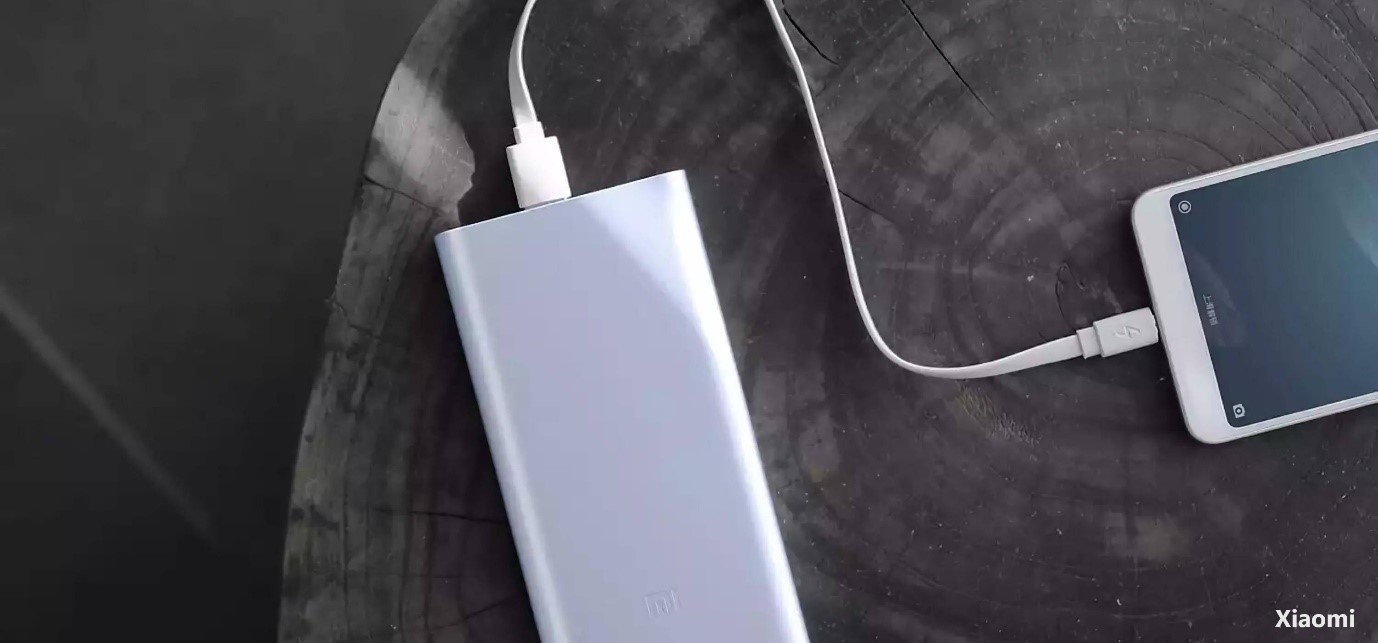
Fuel Cell Market by Product Type (Solid Oxide Fuel Cell (SOFC), Proton Exchange Membrane Fuel Cell (PEMFC), Molten Carbonate Fuel Cell (MCFC), Phosphoric Acid Fuel Cell (PAFC), and others), by Application (Portable, Stationary, Transport), and by End-User (Residential, Military & Defense, Automotive, and Others) – Global Opportunity Analysis and Industry Forecast, 2024–2030
Market Definition
The Fuel Cell Market size was valued at USD 7.19 billion in 2023 and is predicted to reach USD 39.60 billion by 2030 with a CAGR of 28.6% from 2024-2030.
A fuel cell is an electrochemical device that converts the chemical energy of a fuel, such as hydrogen or methanol, directly into electricity, heat, and water. These cells are primarily used to generate electricity by converting the chemical energy of a fuel, typically hydrogen, into electrical energy through an electrochemical process. Due to their high efficiency and low emissions, fuel cells find applications in various sectors including transportation, stationary power generation, and portable devices, making them versatile solutions for clean energy needs across industries.
Market Dynamics and Trends
The global surge in demand for hydrogen fuel cell electric vehicles (FCEVs) is propelling growth in the fuel cell market, as these vehicles rely primarily on fuel cells for power. This surge in demand creates a ripple effect, prompting more investment in the production of fuel cell technology to keep pace with the growing need. As companies scale up their production of FCEVs to meet consumer needs, the demand for fuel cells naturally expands in tandem.
For instance, in July 2023, Nikola Corporation inaugurated a hydrogen fuel cell electric vehicle (FCEV) and manufacturing facility in Coolidge, Arizona. This development highlights the growing importance and momentum within the fuel cell industry.
Moreover, the increase in government initiatives aimed at promoting clean hydrogen is another factor driving the fuel cell market globally. These initiatives create a favorable environment for investment in fuel cell technology, driving innovation, adoption, and market growth. Fuel cells utilize clean hydrogen to generate electricity through an electrochemical process, offering a sustainable alternative to traditional combustion-based power generation.
For instance, in June 2023, the US Department of Energy (DOE) published a first-in-kind policy report known as the “US National Clean Hydrogen Strategy and Roadmap”, paving the way for collaborative efforts to promote sustainable energy initiatives.
However, the high investments associated with the construction of hydrogen stations presents a significant barrier to the growth of the fuel cell market. This is primarily due to the specialized equipment and stringent safety measures required for building such stations, which result in significantly higher construction costs compared to traditional gasoline stations.
On the other hand, integration of fuel cells in stationary power generation is expected to create a substantial future opportunity in the fuel cell market. With their clean and reliable power generation capabilities, fuel cells are well-suited for stationary applications such as backup power systems, telecom towers, and remote industrial facilities.
Market Segmentations and Scope of the Study
The fuel cell market is segmented on the basis of product type, application, end-user, and geography. On the basis of product type, the market is segmented into solid oxide fuel cell (SOFC), proton exchange membrane fuel cell (PEMFC), molten carbonate fuel cell (MCFC), phosphoric acid fuel cell (PAFC) and others. On the basis of application, the market is divided into portable, stationary, transport. On the basis of end-user, the market is categorized into residential, military & defense, automotive, and others. Based on geography the market is segmented into North America, Europe, Asia Pacific and RoW.
Geographical Analysis
North America holds a strong position in the fuel cell market, primarily due to the proactive support from the government in the region. Both the U.S. and Canada have led initiatives to promote alternative energy-powered vehicles, positioning the region as a stronghold in the fuel cell market.
For instance, the U.S. government has committed a substantial investment of USD 50 billion towards establishing seven "hydrogen hubs" nationwide. This strategic plan is designed to boost the production and use of carbon-free fuel, further enhancing the growth prospects of the fuel cell market in the region.
Also, California Energy Commission has made significant investments in constructing 100 hydrogen refueling stations to achieve its goal of having 1.5 billion zero-emission vehicles by 2025. These efforts are significantly contributing to the overall growth of the market in this region.
Also, the presence of prominent players in the North American region such as Ballard Power Systems Inc. and Hyster-Yale Materials Handling, Inc. is another factor driving the fuel cell market. These companies play a significant role in driving market by setting industry standards, influencing technology development, and catalyzing strategic partnerships and collaborations.
For instance, in April 2024, Ballard Power Systems, a renowned leader in fuel cell technology, unveiled plans to launch a fuel cell gigafactory in Texas, backed by a substantial USD 54 billion investments from the Internal Revenue Service (IRS). This demonstrates a commitment to further advancing fuel cell technology within the North American region.
On the other hand, in the Asia Pacific region, the fuel cell market is steadily growing attributed to the robust research and development initiatives in the countries of the Asia Pacific region. Ongoing research and development efforts particularly in Japan and China, in creating hydrogen-based generators and portable fuel cell technologies, aim to foster the widespread adoption of clean hydrogen energy.
This facilitates increased investment and adoption of fuel cell technology in across various sectors, such as transportation, stationary power generation, and portable devices. For instance, in August 2023, Teijin Limited conducted successful trials of hydrogen fuel cell generators near Tokyo, emphasizing noise reduction and low carbon dioxide emissions, suitable for construction in residential areas. Additionally, the company has developed portable fuel cell and pressure vessel units to advance the adoption of clean hydrogen energy.
Moreover, in the Asia Pacific region, the growth of the fuel cell market is propelled by increasing concerns about air pollution and climate change, fostering a growing demand for clean energy solutions. Fuel cells offer an attractive alternative to conventional fossil fuels due to their lower emissions and higher efficiency.
According to data from CarbonBrief, China experienced a 40% year-on-year surge in clean energy investment, reaching an estimated USD 890 billion in 2023. The investment in clean energy comprised 13% of the total investment in fixed assets in China for the year 2023, up from 9% in the previous year. Such substantial investments underscore a significant shift towards sustainable energy sources, driving the expansion of the fuel cell market across the Asia Pacific region.
Competitive Landscape
Various market players operating in the Fuel Cell Market are Ballard Power Systems Inc., Hyster-Yale Materials Handling, Inc., Bloom Energy Corporation, Plug Power Inc., Toshiba Corporation, Clear Edge Power, Inc., SFC Energy AG, The Meditor Group, Ceramic Fuel Cells Limited, and Ceres Power Holdings PLC. These market players are adopting various strategies including product launches to remain dominant in the market.
For instance, in January 2023, Nuvera Fuel Cells, subsidiary of Hyster-Yale Materials Handling, Inc. launched the Nuvera G-Series Fuel Cell Power Generator, which is a modular zero-emission power solution for commercial and industrial use. The generator operates on hydrogen and delivers three-phase VAC power in a containerized package. It can provide up to 85% of its maximum power while allowing one of its modules to be serviced.
Moreover, in October 2023, Ballard Power Systems received purchase orders for 177 hydrogen fuel cell engines from Solaris Bus & Coach, a European bus manufacturer. The orders include engines to power 127 fuel cell buses and 50 modules for buses.
Key Benefits
-
The fuel cell market report provides a quantitative analysis of the current market and estimations from 2024 to 2030. This analysis assists in identifying the prevailing market opportunities to capitalize on.
-
The study comprises an extensive analysis of the fuel cell market trends, including the current and future trends to depict prevalent investment pockets in the market.
-
The information related to key drivers, restraints, and opportunities and their impact on the fuel cell market is provided in the report.
-
The competitive analysis of the market players along with their market share is provided in the report.
-
The SWOT analysis and Porter's Five Forces model are elaborated in the study.
-
The value chain analysis in the market study provides a clear picture of the roles of stakeholders.
Key Market Segments
By Product Type
-
Solid Oxide Fuel Cell (SOFC)
-
Proton Exchange Membrane Fuel Cell (PEMFC)
-
Molten Carbonate Fuel Cell (MCFC)
-
Phosphoric Acid Fuel Cell (PAFC)
-
Others
By Application
-
Portable
-
Stationary
-
Transport
By End-User
-
Residential
-
Military & Defense
-
Automotive
-
Others
By Region
-
North America
-
The U.S.
-
Canada
-
Mexico
-
-
Europe
-
The U.K.
-
Germany
-
France
-
Italy
-
Spain
-
Denmark
-
Netherlands
-
Finland
-
Sweden
-
Norway
-
Russia
-
Rest of Europe
-
-
Asia-Pacific
-
China
-
Japan
-
India
-
South Korea
-
Australia
-
Indonesia
-
Singapore
-
Taiwan
-
Thailand
-
Rest of Asia-Pacific
-
-
Rest of the World (RoW)
-
Latin America
-
Middle East
-
Africa
-
REPORT SCOPE AND SEGMENTATION:
|
Parameters |
Details |
|
Market Size in 2023 |
USD 6.89 billion |
|
Revenue Forecast in 2030 |
USD 39.60 Billion |
|
Growth Rate |
CAGR of 28.6% from 2024 to 2030 |
|
Analysis Period |
2023–2030 |
|
Base Year Considered |
2023 |
|
Forecast Period |
2024–2030 |
|
Market Size Estimation |
Billion (USD) |
|
Growth Factors |
|
|
Countries Covered |
28 |
|
Companies Profiled |
10 |
|
Market Share |
Available for 10 companies |
|
Customization Scope |
Free customization (equivalent to up to 80 working hours of analysts) after purchase. Addition or alteration to country, regional, and segment scope. |
|
Pricing and Purchase Options |
Avail customized purchase options to meet your exact research needs. |
KEY PLAYERS
-
Ballard Power Systems Inc.
-
Hyster-Yale Materials Handling, Inc.
-
Bloom Energy Corporation
-
Plug Power Inc.
-
Toshiba Corporation
-
Clear Edge Power, Inc.
-
SFC Energy AG
-
The Meditor Group
-
Ceramic Fuel Cells Limited
-
Ceres Power Holdings PLC




 Speak to Our Analyst
Speak to Our Analyst


































